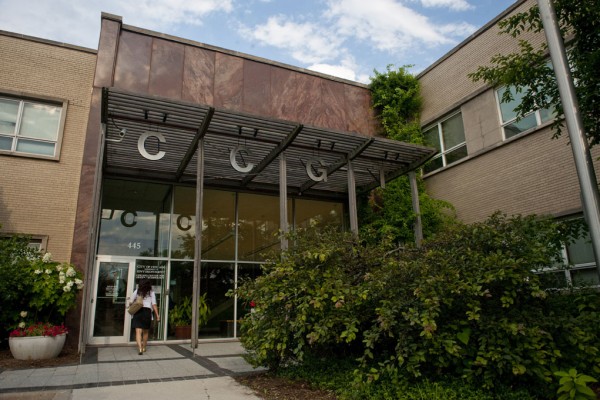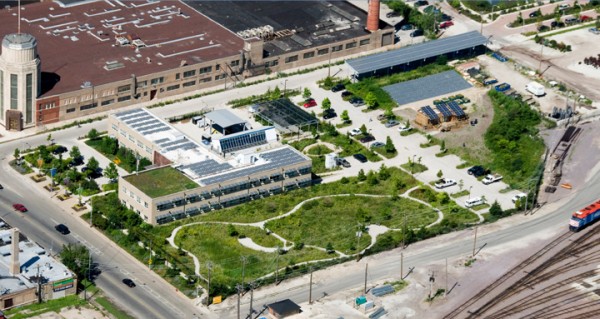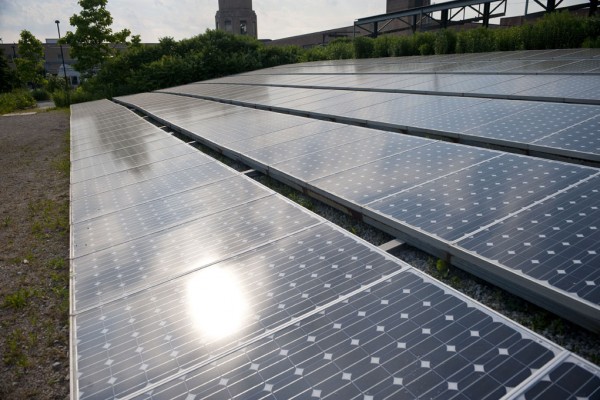A few months after celebrating its 10th birthday, the Chicago Center for Green Technology (CCGT) passed another significant milestone as the new year changed by earning LEED Platinum certification for the Existing Buildings, Operation and Maintenance (EBOM).
Fittingly for its title, this is the second Platinum cert earned by the educational facility, which was rated LEED Platinum for New Construction (NC) in 2003. The CCGT is also the first municipally-owned structure in the nation to be awarded the highest honor by the U.S. Green Building Council for both LEED-EBOM and LEED-NC.

To demonstrate the high performance that can be squeezed out of today’s greenest buildings, some of the many sustainable features of the CCGT include extensive vegetation in the landscaping, a bio-swale that filters parking-lot runoff, highly reflective “cool roof” materials to reduce the heat-island effect, high-performance insulation, recycled building materials, low-VOC paints and sealants, and a geothermal HVAC system.

The roofs of several buildings on the property also include solar panels for electrical generation. The main building also includes a passive solar greenhouse with a 10-foot-wide concrete wall to absorb energy from the sun during the day during cold temperatures and radiates the heat at night during the summer.

The CCGT site wan’t always this green—in fact, for many decades it was just the opposite. Since becoming developed in 1952, the land has been the site of several industrial companies that allowed toxins and harmful materials to leach into the soil. In 1995, the owner was a construction and demolition debris processor called Sacramento Crushing, which violated its city permit by piling the entire 17-acre site with 70-foot piles of rubble.
After a lawsuit by the city’s Department of Environment (DOE), Sacramento Crushing was closed down and the site was rehabilitated over an 18-month period. The city took over the land and spent $9 million to recycle more than 600,000 tons of concrete from the site, which required 45,000 separate truckloads.
By 2002, with the help of architecture firm Farr Associates, the city made extensive retrofits to the main building, turning it into a green design educational facility and resource center for the entire Midwest region. Today, the CCGT is a showcase for sustainable technologies that can be applied in homes, offices and communities, offering regular educational programming for school trips, as well as training and research facilities.
According to the office of Mayor Rahm Emmanuel, Chicago has added 11 LEED-certified city-owned facilities since Mayor Emmanuel took office in May 2011, bringing the total to 52 facilities within city limits. Another 30 municipally-owned facilities are currently registered to achieve LEED certification, the city says, and at least 20 Chicago libraries are also seeking LEED-EBOM certs.